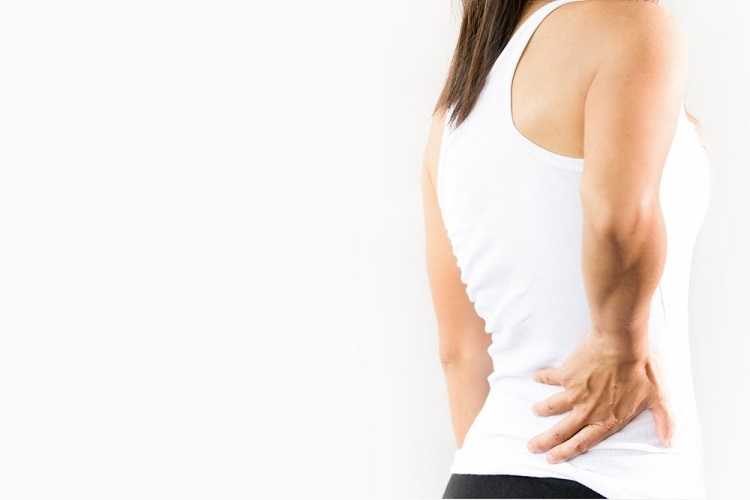Types of Spinal Stenosis and How They Affect Your Mobility

A significant percentage of people experience back pain in their lifetime. Whether mild short-term pain or chronic pain, back pain can affect your everyday life. Spinal stenosis is a gradual and steady condition that compresses your spinal canal, resulting in pain and inflammation. Though the spine problem is common, affecting adults, the debilitating and frustrating pain that results from the condition can be challenging to live with. Are you suffering from spinal stenosis in Eugene and do not know where to begin? If yes, the experienced team at Pacific Sports and Spine can help.
Table of Contents
Types of spinal stenosis you are likely to have
There are two primary forms of spinal stenosis. The type of stenosis you have depends on the exact location of your spine the condition is. They are:
- Cervical stenosis that you are likely to have when your spine narrows in your neck area
- Lumbar stenosis that you will have your spine narrows in your lower back area
Though lumbar is the most common type of stenosis, you can have either one of the types or both. Though the condition is incurable, your doctor may recommend surgical and non-surgical options to ease your symptoms and help you lead a comfortable life.
What symptoms are you likely to have with spinal stenosis?
The condition mainly affects your neck, and lower back might fail to showcase symptoms. However, if you have signs, they will most likely be back pain, stiffness, and numbness. Other symptoms you might have with spinal stenosis include:
- Sciatica
- Radiating pain that shoots from your spine to your legs and arms
- Difficulty standing or walking
- Radiculopathy (that happens when the condition is pressing on the roots of your spinal nerves resulting in muscle weakness)
- Foot drop
- Myelopathy (when the stenosis squeezes the spinal cord)
- Loss of bowel and bladder control
- Cauda equina syndrome (affects your pelvic area)
Spinal stenosis does not necessarily mean that you have age-related issues affecting your spinal canal. You may also have congenital spinal stenosis where you have a naturally narrow spinal canal from birth. However, you might be at risk of developing the spinal canal condition if you have had past spine surgery.
How can you live comfortably with spinal stenosis?
Spinal stenosis gradually affects your mobility as it slowly but steadily affects your lower limbs. Though you may not experience muscle weakness, the severe pain resulting from spinal stenosis can be disabling. To help you enjoy life, your healthcare provider will advise you to take the following steps. For instance:
- Avoid doing anything likely to trigger or aggravate your pain, like lifting heavy loads
- Engage in regular exercises. You may start with slow movements to flex your muscles, then advance to longer and more active-based exercises like swimming when you start feeling stronger.
- Discuss with the medical professional alternative approaches like acupuncture to help relieve your pain
- Explore non-invasive options first before rushing for surgical treatment, unless the unbearable pain comes quickly.
Spinal stenosis can be disabling, affecting your life quality. When the pain comes, all you might think of is curling up in your bed, afraid of engaging in exercises that may strengthen your back muscles. Schedule a consultation with your doctor today if you have questions about spinal stenosis.
Leave a reply
You must be logged in to post a comment.















